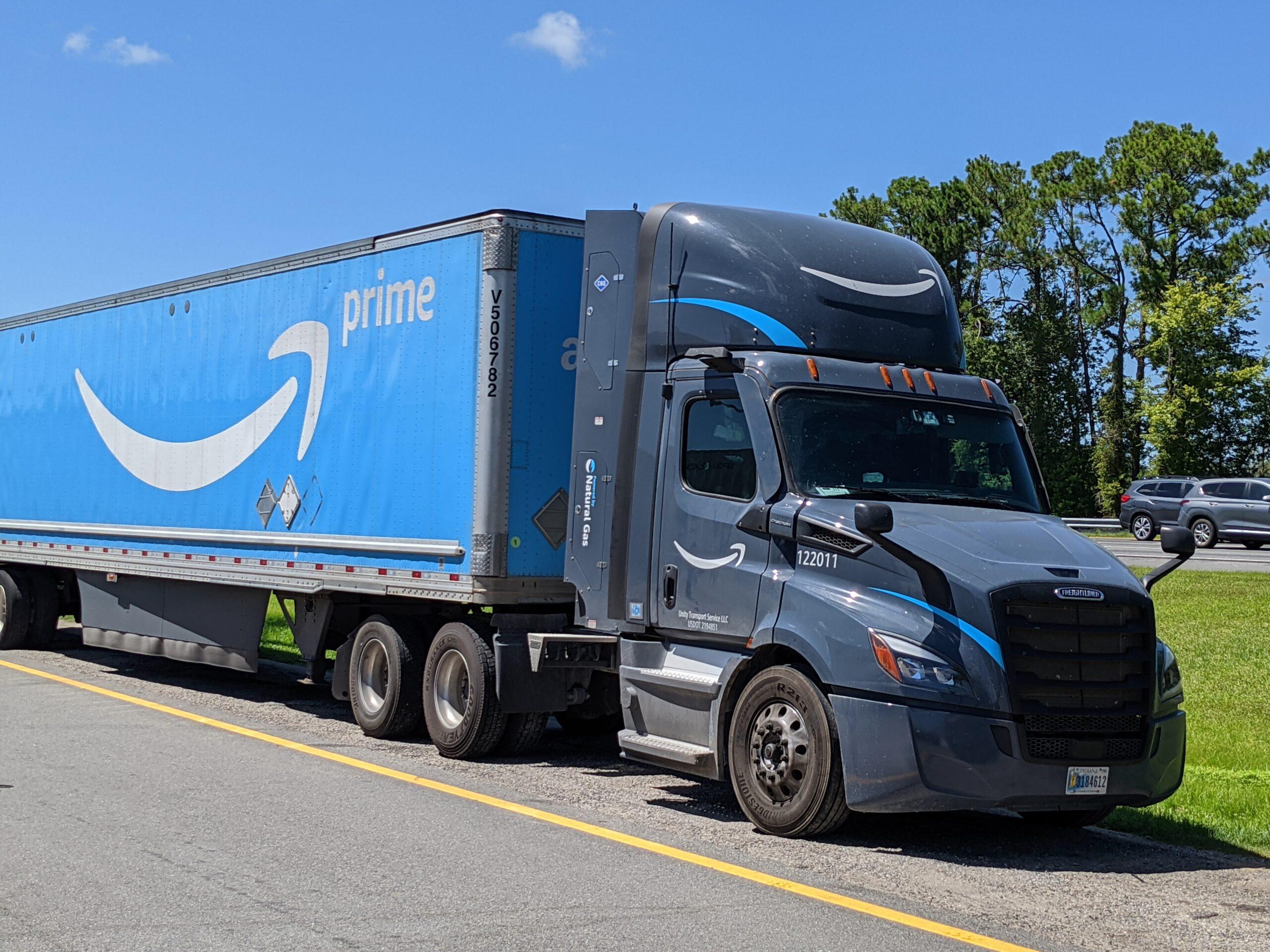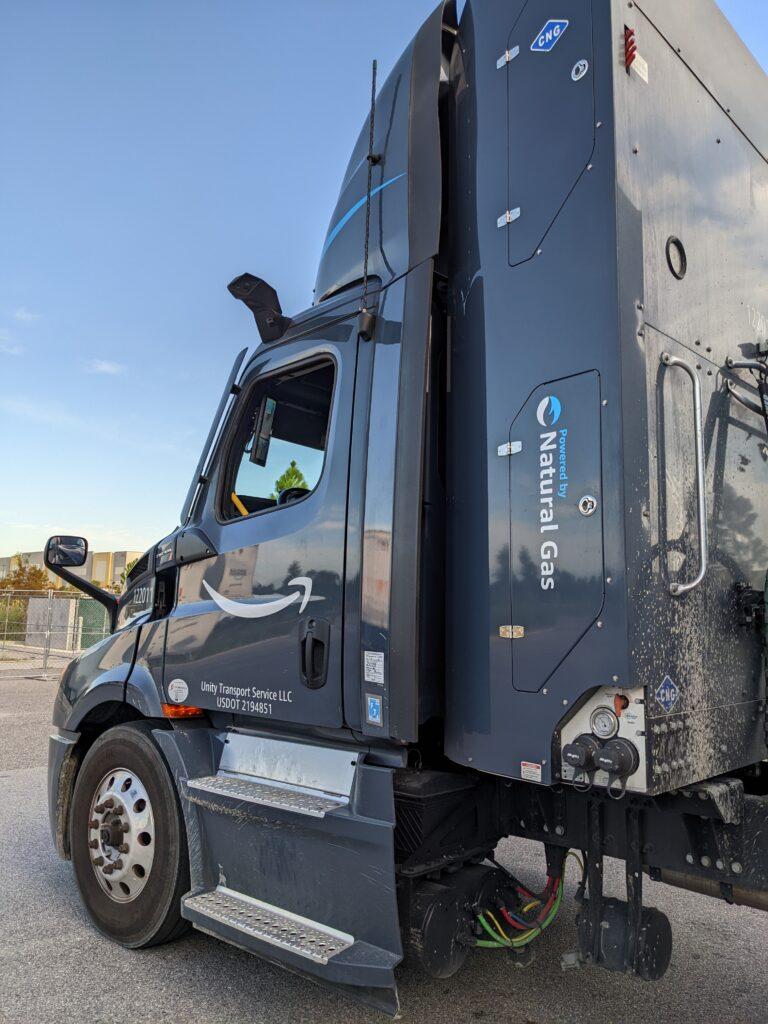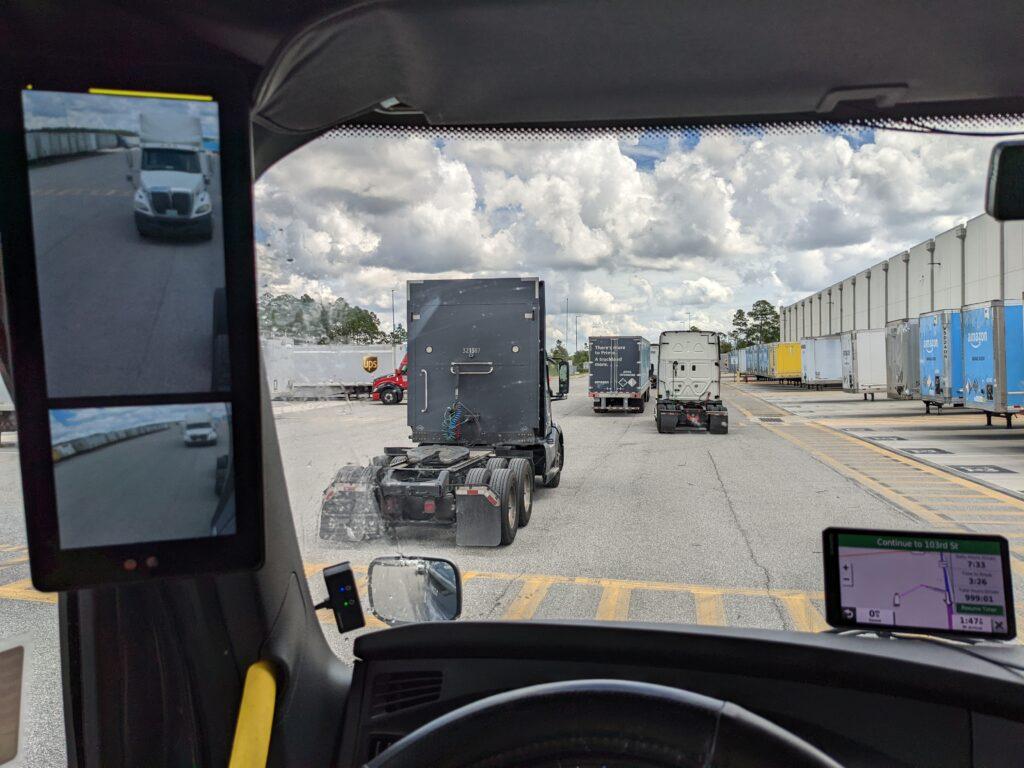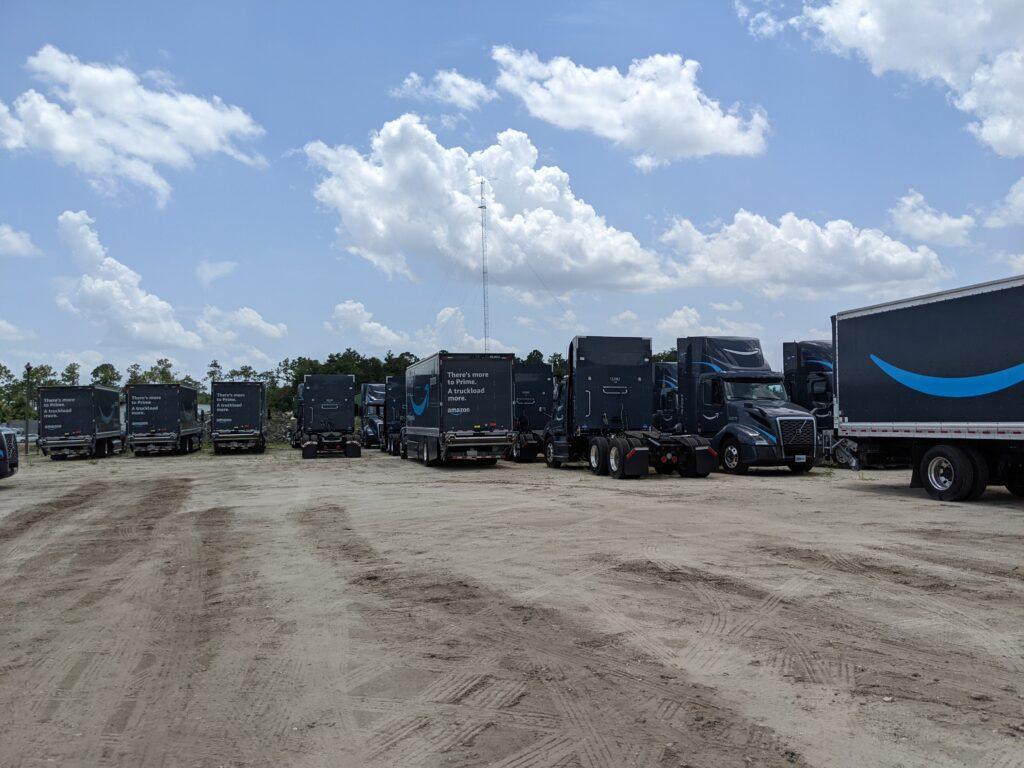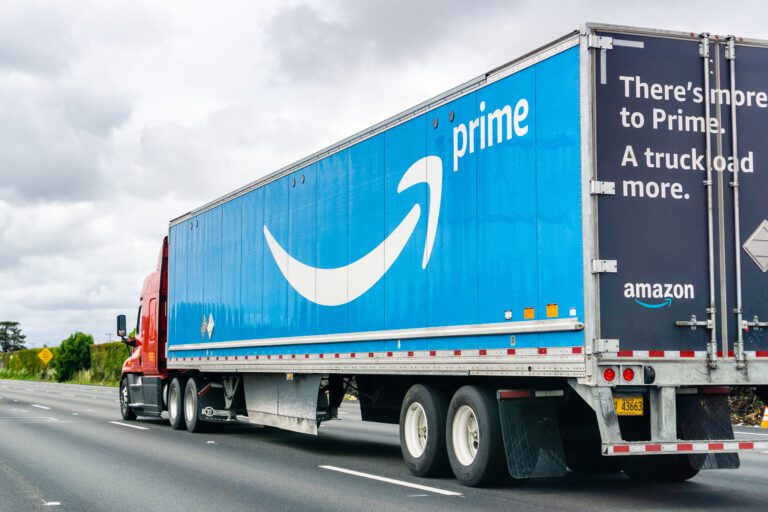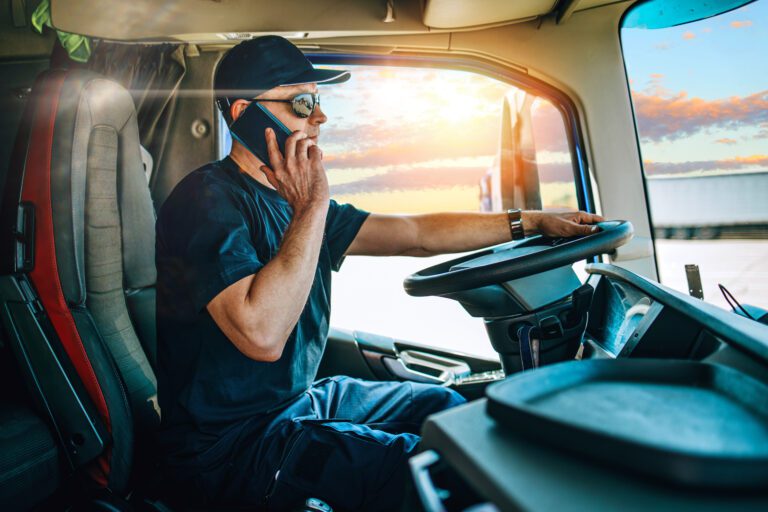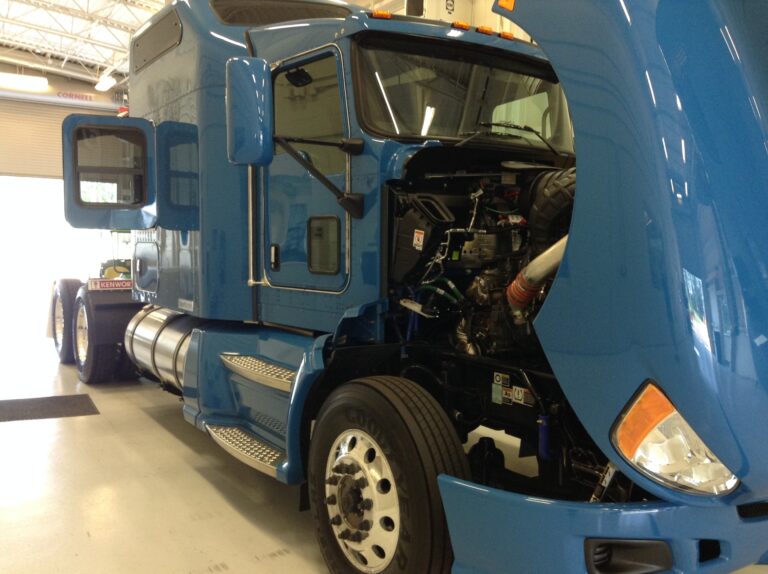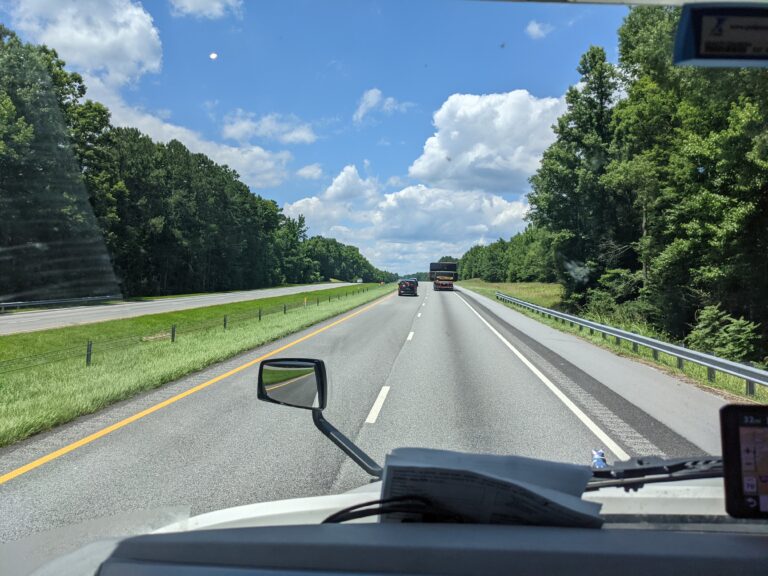The Harsh Reality of Driving for Amazon as a Local Truck Driver: Long Hours, Low Pay, and Hidden Challenges
Back in 2022 I took on a local truck driving position for an Amazon Freight Partner in my city. I was no stranger in hauling Amazon freight since I had been an Amazon Southeast regional driver for the previous 3 years. There were some key differences in running as a local driver though and I am going to go into them here.
The Long Commute Back and Forth to Work
The commute to make it to my local amazon truck yard from the house was about an hour. It was on the other side of town close to the port. While many people may have a long commute to work when you are a truck driver, you really do not want one because you will be driving a truck for up to 14 hours during your shift. This was one of the main reasons why I only held on to this daily home trucking job for around 3 months. Simply because the commute was too long. We do enough driving as it is without that added stress.

Driving a Day Cab
One of the main differences for me becoming a local truck driver was the fact I was assigned a day cab. Now, let us go into the pros and cons of a day cab. The tractor is short, which allows better turning than say a truck with a sleeper cab. Also, because of this you will be able to take tighter turns whether it be at a warehouse or a street simply not designed for a sleeper truck combined with a 52-foot trailer. In short, a day cab is a little easier to maneuver and drive, which is a good thing.
Slip Seat Trucking
One thing I despised about my new Amazon trucking job was the fact I had to share the tractor with other drivers. When I first got the truck, it was dirty and cluttered in the cab. A lot of this stuff was the other driver’s so I simply could not throw it away. I am a driver that likes to keep a tidy cab, so this was not something I liked. As a truck driver you spend a lot of time in your truck and things can get nasty. You will be touching a lot of things such as the steering wheel, knobs, levers and so on. I am a clean freak so every time I got into my truck at the beginning of each shift, I threw on a seat cover that I washed regularly, a steering wheel cover and spent around 5 minutes wiping down everything with a wet micro-fiber cloth.
Driver Facing Cameras
Amazon is big on driver safety and these day cabs I drove had driver facing cameras. This was my first time driving a truck with them and I was not crazy about them at all. This was another reason I only stayed in the job for a few months. I see these cameras as an invasion of privacy and always felt like I was being watched. There simply is no place for them for an experienced truck driver and refuse to work for a company that has them. Outward facing cameras that use AI have their own issues as well such as being coached by a person who has never driven a truck for things beyond a driver’s control, but I am not opposed to them near as much as driver facing cameras.
Compressed Natural Gas Trucks
Another major change for me during this local Amazon gig was the fact my truck did not run on diesel. In fact, it ran on compressed natural gas. There were these large cylinders behind the driver that ran vertically from top to bottom that held the CNG. They did make me a little nervous because I always wondered if they could explode. If they did, I would never have a chance since these mobile bombs were situated just inches behind my body. Another complaint I had with them was that they took longer to fill than a diesel tank and had to be filled twice as often. At the end of every shift. When I ran a sleeper cab truck on diesel, I only had to fill the truck up every other day on average.
The Lack of Pay
It is no secret the retail side of amazon is a low profit margin business. Because of this the pay for their Amazon Freight Partner jobs simply leave a lot to be desired for what is involved. For instance, I had to get up for work at 11PM, drive an hour to work, run a 12-hour shift and then drive another hour home for $22 an hour. On top of this, my health insurance was a whopping $250 a week for full coverage out of a $900-week gross check. You get the point. The money did not match everything that was involved.
Unable to Take Naps
Due to being stuck in a day cab for over 12 hours every shift while working the graveyard shift. There simply was no way to get any decent rest if fatigue set in. When I drove a sleeper cab tractor-trailer this was not the case. I could pull over at a rest area and take a short nap and be safe to drive again. When you are in a day cab there simply is no option for this. So, every shift around 4AM to 7AM was a miserable experience trying to stay awake and drive safely. I do not recommend anyone ever take a night truck driving job in a day cab. It is simply too dangerous, and you will end up driving fatigued from time to time.
Mirrorless Trucks
To top off all of the other disadvantages of this local truck driving job were the fact my truck did not even have conventional mirrors. They were replaced with two monitors in the cab that were supposed to replace them. In reality they were less than ideal. And I go into more detail with using digital truck mirrors in another post if you want to know what they are like.
Being Stuck in the Sitting Position
The wonderful thing about driving a sleeper cab truck is that when you are waiting at a warehouse you can go back into the sleeper and lay down and relax or even take a short nap sometimes if needed. As a day cab driver this is no option. You are stuck sitting down and your back will pay the price for it. We simply are not designed to sit for such extended periods of time and let’s not even go into how uncomfortable it becomes. The seats in these day cabs typically sit close to a 90-degree angle also with no option for them to lean back. It is like they purposely designed trucks to make the truck driver as uncomfortable as possible.
Being On Call During Your Days Off
We were required to be on call during our days off. This always gave me a sense of dread anytime the phone rang to cover someone else’s shift. Trucking is a grueling job, and most people are not going to want to come in on their day off, especially if they have other plans.
Not Knowing If Your Truck was Available for a Shift
Something that started to happen after I worked there a while was finding out when I got to the yard that my truck was gone and was forced to having to use someone else’s. It was like a chain reaction event. When one person had their truck out of order, they used another truck and then when the next person came in for their shift they had to do the same thing. It got to a point where every other shift my truck was missing in action, and this is beyond acceptable. Driving a new truck during a shift came with a whole host of new challenges which just added another layer of thoughts going through my mind on why did I take this job to begin with.
Summary
In the end the disadvantages of being a local Amazon truck driver far outweighed the positives for me. I ran tired a lot, the commute was too long, the pay did not match my experience as a truck driver, I was babysat in the cab by a driver facing and outward facing cameras that used AI, The digital mirrors made me feel less safe when changing lanes, the health insurance was way too expensive, it took too long to refill the CNG tanks up versus a diesel truck, there was nowhere to rest when tired in the day cab, I was forced to run the graveyard shift, and I had to share a truck with another driver. In the end I enjoyed my job as a Southeast Regional Amazon Driver a lot more because many of these issues did not exist.

